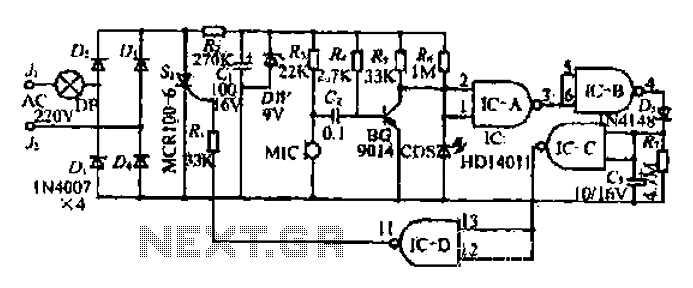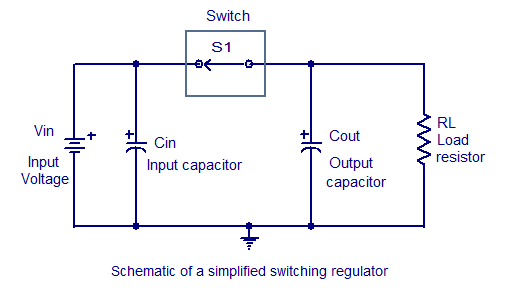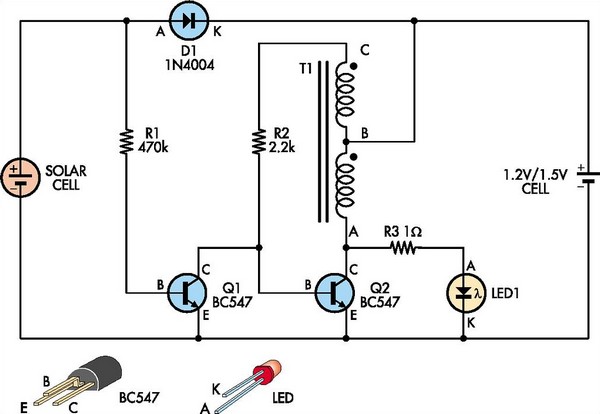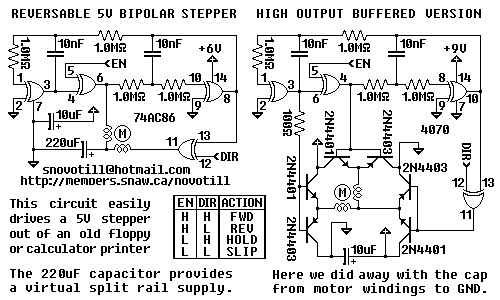
7-Segment Common-Cathode Led Display Driver Circuit
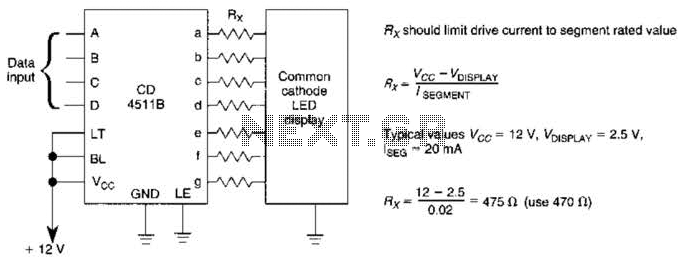
A CD4511B CMOS LED display driver can be utilized to operate a common cathode LED display. Current limiting resistors are employed to restrict the segment current to the specified value at the maximum supply voltage.
The CD4511B is a BCD to 7-segment latch/decoder/driver that is designed for driving common cathode LED displays. This IC takes a 4-bit binary-coded decimal (BCD) input and converts it into the appropriate signals to illuminate the corresponding segments of the display. The device includes a latch that retains the input data until it is updated, allowing for stable display output.
In a typical application, the CD4511B connects to a common cathode LED display where each segment (labeled a through g) corresponds to a specific output pin on the IC. The outputs are active low, meaning that a low signal will turn on the corresponding LED segment. To ensure optimal performance and prevent damage to the LEDs, current limiting resistors must be placed in series with each segment. The value of these resistors is calculated based on the forward voltage drop of the LED segments and the supply voltage, ensuring that the current does not exceed the maximum rated value for the LEDs.
For example, if the supply voltage is 5V and the forward voltage drop of each LED segment is 2V, the current limiting resistor can be calculated using Ohm's Law (V = IR). If the desired segment current is 20 mA, the resistor value can be determined as follows:
1. Calculate the voltage across the resistor:
V_R = V_supply - V_LED = 5V - 2V = 3V.
2. Use Ohm's Law to find the resistance:
R = V_R / I = 3V / 0.02A = 150Ω.
Thus, a 150Ω resistor would be suitable for each segment to maintain the current at the desired level. It is also essential to consider the power rating of the resistors to ensure they can handle the power dissipation without overheating.
The CD4511B is widely used in various applications, including digital clocks, counters, and other devices that require numeric displays. Its ease of integration and reliable performance make it a popular choice for driving LED displays in electronic designs. A CD4511B CMOS LED display driver can be used to drive a common cathode LED display. Current limiting resistors limit the segment current to the rated value at maximum supply voltage. A sample calculation is shown.
The CD4511B is a BCD to 7-segment latch/decoder/driver that is designed for driving common cathode LED displays. This IC takes a 4-bit binary-coded decimal (BCD) input and converts it into the appropriate signals to illuminate the corresponding segments of the display. The device includes a latch that retains the input data until it is updated, allowing for stable display output.
In a typical application, the CD4511B connects to a common cathode LED display where each segment (labeled a through g) corresponds to a specific output pin on the IC. The outputs are active low, meaning that a low signal will turn on the corresponding LED segment. To ensure optimal performance and prevent damage to the LEDs, current limiting resistors must be placed in series with each segment. The value of these resistors is calculated based on the forward voltage drop of the LED segments and the supply voltage, ensuring that the current does not exceed the maximum rated value for the LEDs.
For example, if the supply voltage is 5V and the forward voltage drop of each LED segment is 2V, the current limiting resistor can be calculated using Ohm's Law (V = IR). If the desired segment current is 20 mA, the resistor value can be determined as follows:
1. Calculate the voltage across the resistor:
V_R = V_supply - V_LED = 5V - 2V = 3V.
2. Use Ohm's Law to find the resistance:
R = V_R / I = 3V / 0.02A = 150Ω.
Thus, a 150Ω resistor would be suitable for each segment to maintain the current at the desired level. It is also essential to consider the power rating of the resistors to ensure they can handle the power dissipation without overheating.
The CD4511B is widely used in various applications, including digital clocks, counters, and other devices that require numeric displays. Its ease of integration and reliable performance make it a popular choice for driving LED displays in electronic designs. A CD4511B CMOS LED display driver can be used to drive a common cathode LED display. Current limiting resistors limit the segment current to the rated value at maximum supply voltage. A sample calculation is shown.

